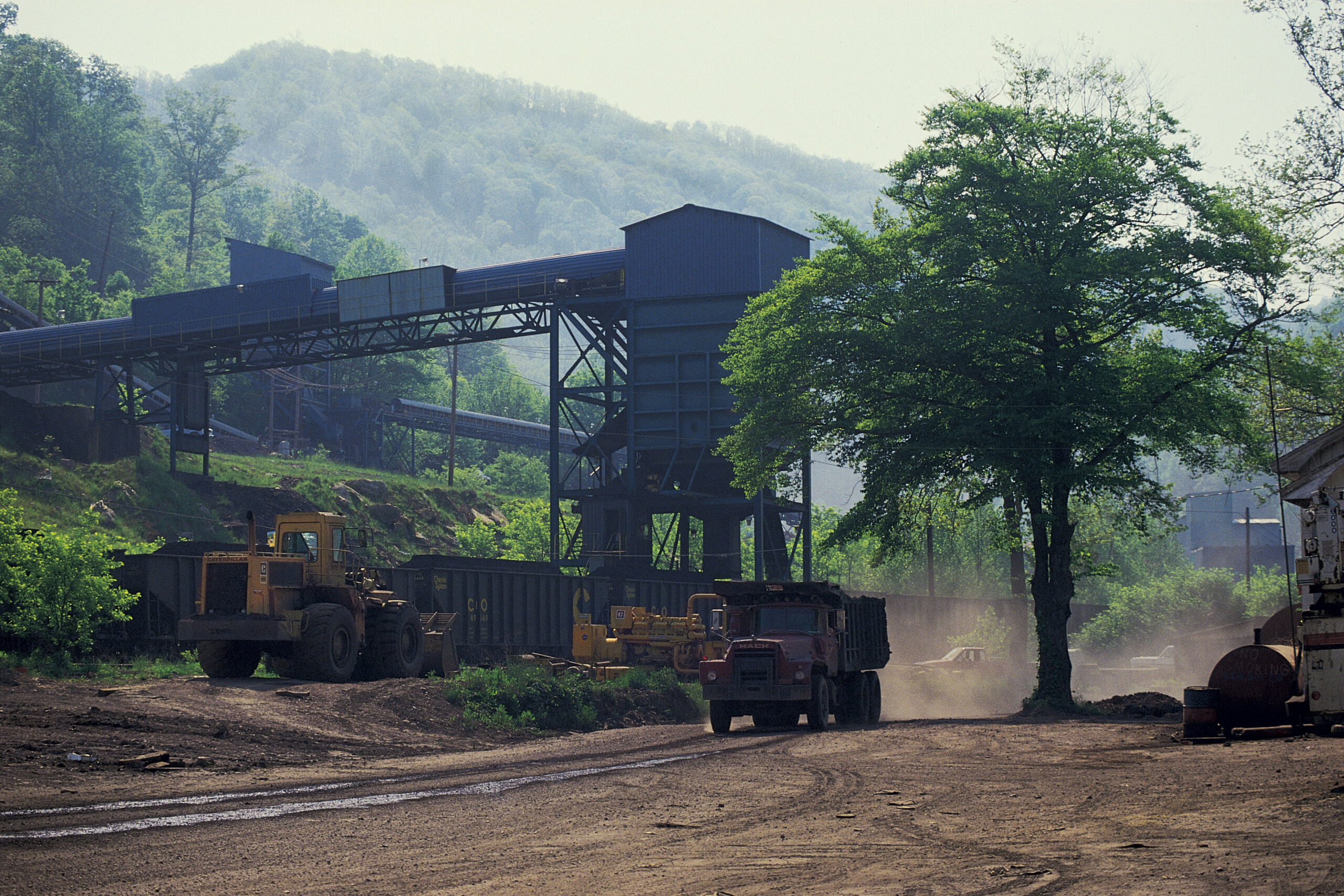MSHA inspectors play an important role in hazard communication. One of their key responsibilities is to enforce hazard communication standards, which are essential for identifying and managing the risks associated with hazardous chemicals and materials in the workplace. By conducting thorough inspections, reviewing safety protocols, and ensuring compliance with regulations, MSHA inspectors help prevent accidents, reduce workplace injuries, and promote a culture of safety. This article explores the pivotal role of MSHA inspectors in hazard communication and how their work contributes to a safer mining environment.
The Importance of Effective Hazard Communication
Effective hazard communication is essential for maintaining safety in mining operations. Clear communication helps prevent accidents by ensuring that miners are aware of the risks associated with their work environment and know how to handle potentially dangerous situations. A robust hazard communication system also promotes a culture of safety and empowers workers to take proactive steps to protect themselves and their colleagues.
Key Regulations Governing Hazard Communication in Mining
The primary regulations governing hazard communication in mining include the MSHA standards outlined in 30 CFR Part 47. These regulations cover the classification and labeling of chemicals, the distribution of SDSs, and the communication of hazards to miners. Adherence to these regulations ensures that miners are well-informed about potential risks and understand how to work safely with hazardous materials.
Best Practices for Hazard Communication in the Mining Industry
To foster effective hazard communication, mining operations should implement a comprehensive HazCom program that includes the following best practices:
- Regular Training: Conduct frequent refresher courses to ensure miners are aware of current procedures and regulations.
- Accessible SDSs: Ensure that SDSs are easily available in common work areas and regularly updated.
- Consistent Labeling: Maintain clear and uniform labeling of all hazardous materials, with pictograms and warning signs as needed.
- Communication Tools: Utilize visual aids, safety posters, and digital tools to enhance understanding and retention of safety information.
Training Requirements for Hazard Communication
Training is a cornerstone of an effective hazard communication program. MSHA mandates that training cover the following areas:
- The nature of chemical hazards present in the worksite
- How to read and understand SDSs and labels
- Proper use of personal protective equipment (PPE)
- Emergency response procedures in case of exposure Training should be provided during the onboarding of new employees and periodically thereafter to ensure ongoing compliance and awareness.
What is the MSHA Hazard Communication Standard?
The MSHA hazard communication standard (HazCom) is a set of guidelines and regulations designed to ensure that information about the hazards of chemicals and other potential risks in the mining environment is effectively communicated to miners and operators. This standard emphasizes the need for clear labeling, safety data sheets (SDSs), and proper training for employees to understand and handle hazards safely. By implementing HazCom, MSHA aims to protect miners from workplace injuries, illnesses, and accidents linked to improper handling or unawareness of hazardous materials.
Understanding MSHA’s Role in Hazard Communication
MSHA inspectors play a critical role in enforcing hazard communication standards. Their responsibilities include verifying that mining operations comply with HazCom regulations, checking for accurate and clear labeling of hazardous substances, and reviewing safety data sheets to ensure that they are current and complete. Inspectors also assess whether miners have been adequately trained in hazard recognition and response.
MSHA Inspector Responsibilities in Hazard Communication
MSHA inspectors are responsible for checking compliance with HazCom standards during routine inspections. This includes reviewing training logs to confirm that workers have received proper instruction on handling hazardous materials, examining labeling and safety data sheets for accuracy and accessibility, and observing the work environment to identify potential hazards. Inspectors may also provide guidance on best practices for improving hazard communication processes.
Common Hazards Identified by MSHA Inspectors
Some of the most common hazards that MSHA inspectors identify include improper labeling of chemical containers, outdated or missing SDSs, inadequate training programs, and insufficient protective measures for handling hazardous materials. Inspectors frequently encounter issues related to airborne contaminants, such as dust and chemical vapors, which require clear hazard communication to mitigate their effects.
MSHA Compliance and Enforcement Actions
When a mining operation fails to comply with HazCom standards, MSHA may take enforcement actions. These can range from citations and fines to mandatory corrective measures and follow-up inspections. Repeated or severe non-compliance can lead to more serious consequences, such as mine closures or significant operational disruptions. Compliance with hazard communication standards is not only a legal obligation but also a fundamental aspect of maintaining worker safety and operational integrity.
Case Studies: Effective Hazard Communication Strategies
Several mining companies have demonstrated success in implementing effective hazard communication strategies. For example, some operators have integrated technology such as digital SDS libraries accessible via mobile devices, making it easier for miners to find and use safety information quickly. Others have invested in immersive training programs that use simulation to teach hazard recognition and response. These case studies highlight that proactive measures and innovative solutions can significantly enhance safety and compliance.

Resources for MSHA Inspectors and Mining Operators
MSHA provides a variety of resources to help inspectors and operators stay informed and compliant with hazard communication standards. These include:
- Online training modules and workshops
- Printable guidelines and checklists
- Updates on regulation changes via MSHA’s official website
- Access to expert consultation through MSHA field offices
Mining operators can also benefit from collaborating with industry associations and participating in safety conferences to learn best practices and stay up to date with evolving standards.
The Vital Role of MSHA Inspectors in Hazard Communication
MSHA inspectors play a vital role in ensuring the safety and well-being of miners by enforcing hazard communication standards. Their work helps create a safer, more transparent mining environment where risks are minimized, and workers are empowered with the knowledge to perform their jobs safely. Through rigorous inspections, training, and guidance, MSHA inspectors help uphold the critical standards that keep mining operations compliant and miners protected.

